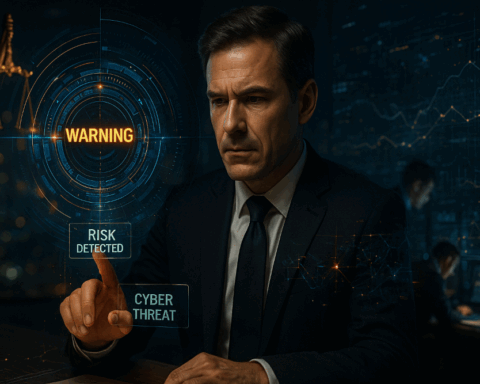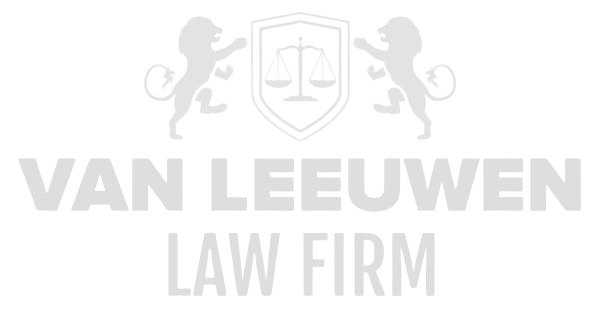Cybersecurity is the cornerstone of modern business operations in an era where digital systems and data flows are indispensable for continuity and competitiveness. The continuous evolution of threats—ranging from sophisticated ransomware campaigns and state-sponsored attacks to social engineering tactics and internal misconfigurations—requires organizations to implement a layered defense strategy. Core components such as firewalls, intrusion detection systems, and end-to-end encryption provide technical barriers, while strict access controls and identity management systems (IAM) minimize insider risks. Combined with formalized incident response plans and crisis management procedures, these measures enable rapid detection, isolation, and mitigation of irregularities.
At the same time, data breaches—where personally identifiable information or confidential business data is unlawfully exposed—can result in significant reputational damage, fines, and legal claims. The failure of critical information systems can bring operational processes to a complete halt and erode customer trust. Organizations may face enforcement actions from regulatory authorities, be compelled to cooperate with judicial authorities, and confront class-action lawsuits from affected parties. This not only jeopardizes the reliability of IT infrastructures but also the positions of executives and supervisory board members, who may be held personally liable for negligence in governance or inadequate security measures.
(a) Regulatory Challenges
Compliance with European regulations such as the General Data Protection Regulation (GDPR) and the Network and Information Security Directive (NIS2) demands that organizations adopt an integrated approach, applying technical and privacy-by-design principles from the system design phase. Interpreting concepts such as “threat level,” “critical infrastructure,” and “adequate security measures” requires legal expertise and ongoing alignment with supervisory bodies.
Mandatory reporting and notification requirements for data breaches impose strict timelines and expectations for transparency with both national authorities and affected individuals. A breach must be reported to the competent authority within 72 hours of discovery, necessitating a robust detection and escalation process that includes pre-approved communication templates and coordinated stakeholder management protocols.
International data transfers between business units and cloud providers imply the need for standard contractual clauses or Binding Corporate Rules (BCRs) as legal safeguards. Simultaneously, multilateral trade agreements may create tension between privacy demands and economic interests, requiring compliance teams to continuously monitor and implement new guidance from the European Data Protection Board (EDPB) and national regulators.
Sector-specific regimes—such as those for the financial and healthcare industries—impose additional requirements concerning encryption standards, identity federation, and business continuity planning. Failure to demonstrate compliance with specific controls can result in targeted audits, temporary service suspension, and substantial fines that may reach €10 million or 2% of annual turnover, depending on the applicable legal framework.
The complexity of this regulatory landscape necessitates a documented compliance framework with integrated policy documents, audit trail mechanisms, and governance processes that transparently demonstrate that all security and privacy measures were implemented and evaluated at the appropriate times.
(b) Operational Challenges
In an environment where vulnerabilities are continuously being discovered, managing patch deployment poses a major operational challenge. The speed and completeness of updates across both on-premises systems and cloud environments significantly influence exposure to exploits. Coordinating a structured patch release process—including testing, scheduling, and validation—requires close collaboration between IT operations and security teams.
Establishing a Security Operations Center (SOC) with 24/7 monitoring is essential for real-time detection of anomalies. Setting up automated correlation rules for log and network traffic, and defining incident escalation protocols, helps in swiftly isolating suspicious activity and preventing lateral movement of attackers within the infrastructure.
Implementing advanced endpoint protection solutions with behavioral analytics and threat-hunting capabilities enables proactive interception of both known and unknown malware campaigns. Instrumenting workstations and servers with telemetry agents, however, demands tight change management processes to mitigate performance impacts and false positives.
A full lifecycle from detection to recovery (detect, contain, eradicate, recover) requires that backup and restoration processes are not only technically sound but also regularly tested through red-team exercises or simulation scenarios. Failover sites and disaster recovery plans must be evaluated for attributes, data volumes, and foreign network dependencies to ensure service level targets are met—even during large-scale incidents.
The human factor remains a critical component: security awareness programs, phishing simulations, and regular tabletop exercises enhance staff readiness to recognize suspicious emails and respond appropriately. Without a culture of vigilance, technology investments alone are insufficient to ensure effective detection and response.
(c) Analytical Challenges
Analyzing large volumes of unstructured log data requires advanced SIEM solutions that support secure log aggregation, normalization, and long-term retention. Setting up real-time dashboards with alert contextualization helps prioritize, but preventing alert fatigue remains a challenge that requires smart correlation rules and tuning.
Threat intelligence integrations with commercial and open-source feeds enhance the predictive power of detection systems. Building feedback loops between incident response teams and threat intel analysts ensures continuous refinement of IOC lists and detection rules but requires multidisciplinary collaboration and rapid validation cycles.
The shift to behavior-aware detection (UEBA) introduces concerns regarding employee privacy, as human user-behavior analysis may expose sensitive patterns. Balancing security benefits and privacy protection requires the implementation of privacy filters and static analysis of aggregated patterns instead of individual traceability.
Quantifying cyber risks in financial terms (cyber-risk scoring) requires integration of analytical data with business impact models. Establishing a cyber-risk dashboard that combines both technical metrics and business continuity parameters requires alignment between security, finance, and risk management.
Validating anomaly detection models through statistical testing and backtesting is crucial to minimize false positives and increase accuracy. Periodic retraining of models, fueled by current incident data, prevents detection engines from aging and becoming disconnected from the current threat landscape.
(d) Strategic Challenges
At the executive level, cybersecurity must be embedded as an essential element in the governance cycle, with dedicated board committees and clear KPIs for security incidents, patch compliance, and data breach notifications. Strategic dashboards that securely provide access to current security statistics allow regulators to make critical decisions about budget allocation, risk appetite, and vendor prioritization.
Investments in cyber insurance require negotiations over policy coverage, and full transparency towards insurers regarding security measures and incident history is essential to keep premiums manageable and adequately fund recovery in the event of incidents.
Mapping supplier and supply chain risks for partners requires clear security criteria in RFPs and audits of third parties. When partners are confronted with accusations of financial mismanagement or corruption, this directly impacts the availability of critical services and contractual liability chains.
Innovation agendas around artificial intelligence and IoT integration must include security gatekeepers and privacy impact checkpoints within development processes. Early threat modeling and secure coding guidelines proactively identify and address design flaws and vulnerabilities in new technologies.
Long-term sustainability requires a culture of continuous improvement: lessons learned from incidents, audit findings, and feedback from regulators must be systematically incorporated into policies, tools, and training. Establishing communities of practice fosters knowledge sharing and ensures that best practices are readily available, helping organizations remain agile in an ever-changing threat landscape.









